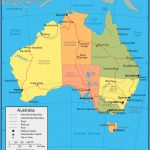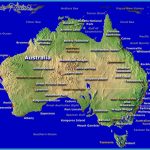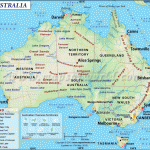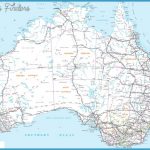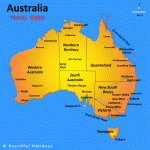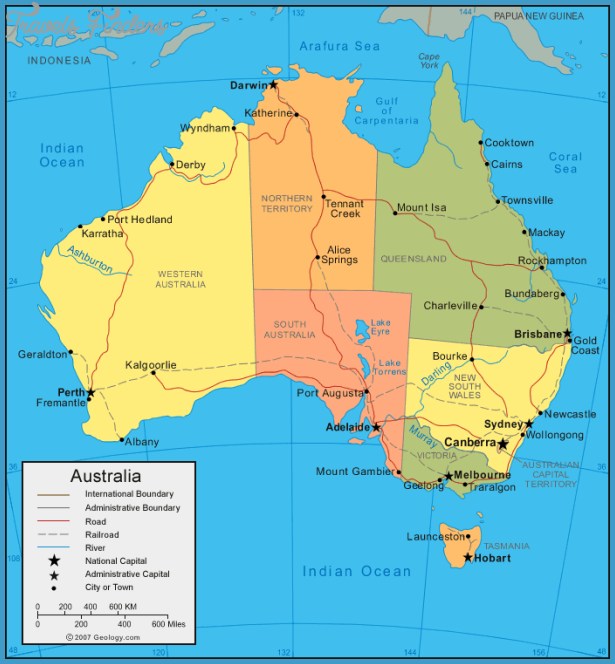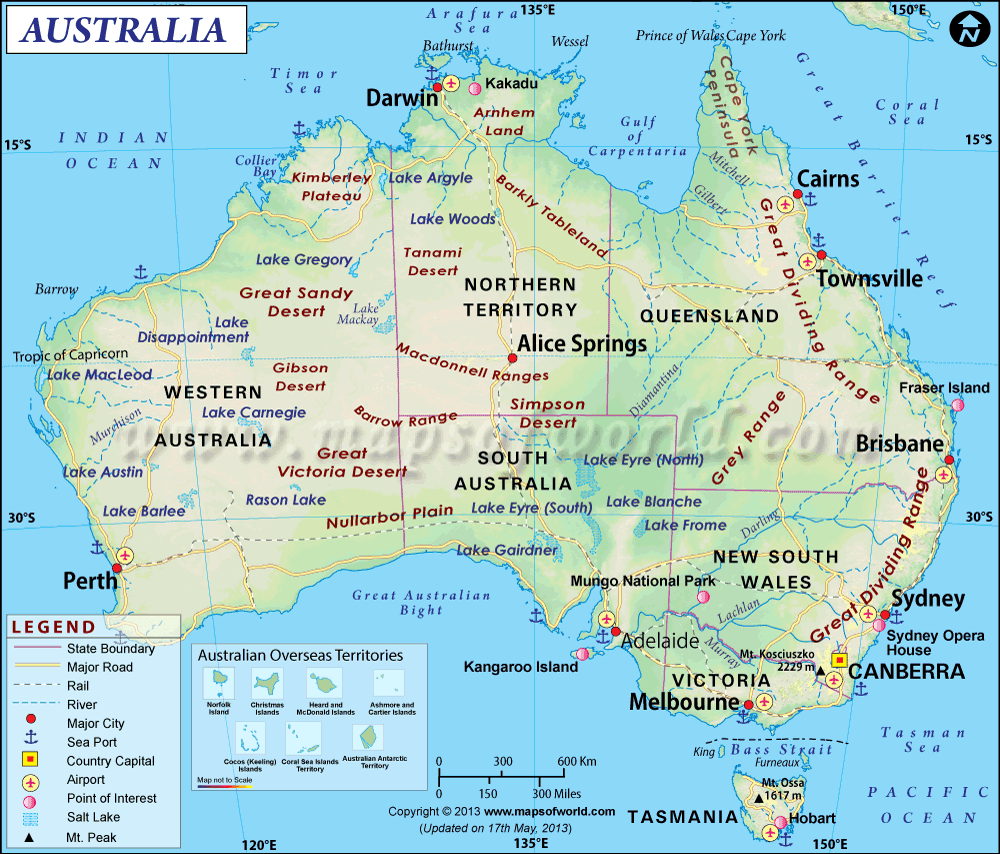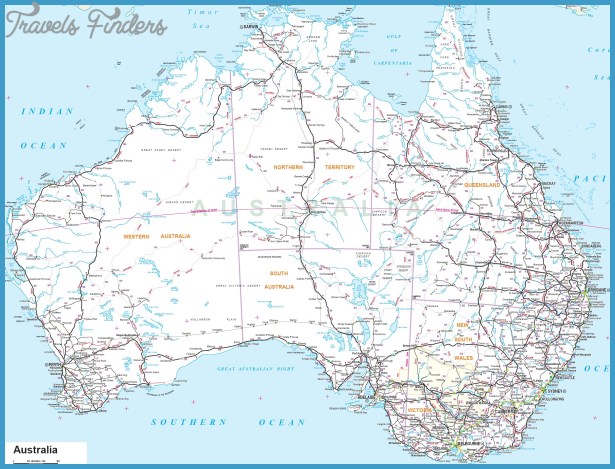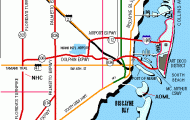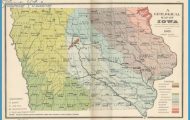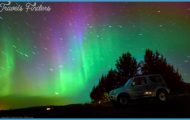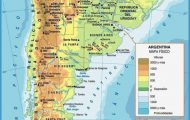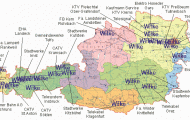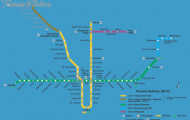If dominant definitions of urbanization include liv[ing] in permanent processes of transition, hybridisation and nomadisation’ and dwelling simultaneously in different time zones’ (Braidotti, cited in McCormick 2007: 3), then life in villages, towns and cities throughout the Pacific may expand future understandings of what it means to be urban. These patterns differ from European, urban concentrations, which steadily evolve[ed] over centuries in response to the art, religion or high culture of the indigenous peoples’ (Puamanu and Teasdale 2007: 265). On the other hand, Pacific towns and cities occurred relatively suddenly as a result of European colonial enterprises. With different colonization experiences and piecemeal development [as] the norm’ (Bryant-Tokelau 1997), diverse political, social and cultural narratives emerge in urban, peri-urban and town centres across Oceania; from poverty and rural migration in Port Moresby to Vanuatu’s situation as the happiest and most economically sustainable country in the world (Simms 2009). While recognizing traditional’ art forms may be contemporaneous, opportunities for overtly contemporary artists are very limited and ad hoc’ across Oceania (Regenvanu 2000: 28). Vanuatu Cultural Centre in Port Vila, for example, privileges sustainable heritage, and with PNG’s National Museum and Art Gallery activities suspended (Zhang 2012), art is sold outside Port Moresby tourist hotels. Apart from Hawai’ian institutions, COAC in Suva and Noumea’s architectural gem, the Jean-Marie Tjibaou Cultural Centre, the region offers little support for contemporary art. Samoa’s situation is different again, with an economy dependent on urban-derived foreign remittances from diasporic communities, mainly in South Auckland. In 2006 Samoans represented New Zealand’s largest Pacific ethnic group, constituting 49 percent of its 265,974 Pacific, and 6.7 per cent of total population (Statistics New Zealand 2011; Schwartz and Crothers 2011: 4).2 In this way Polynesians are more highly urbanized than other Pacific islanders if their concentrations in Auckland, Honolulu, Sydney and the west coast of the United States are included’ (Bryant-Tokelau 1997: 287).
Notwithstanding the scale of Pacific immigration, Liliomaiava-Doktor (2009: 59) notes, [a]s important as those who move are, those who stay put have just as much influence on diasporic processes and the two populations cannot be separated’. Thus a strongly heterogeneous Pasifika has infused the fabric of Auckland’s environment, not only through continuing social and religious ties, but in markets and popular cultural celebrations such as Polyfest, Pasifika Festival and the Auckland Arts Festival. This presence has reached into central cultural precincts including Karangahape (K’) Road, known for its galleries, cafes and clubs. These influences have directly affected the status of and support for contemporary art which is reinforced through school syllabuses and university courses, while emerging artists are nurtured in urban contemporary art spaces, state and private galleries (Stevenson 2008), and through specific funding mechanism such as the Tautai Contemporary Pacific Arts Trust.
He asked a friend, Gray Hartley, to join him Australia Map in the backyard project. Hartley agreed, and the duo made a Merlot in an old whiskey Australia Map barrel. The next year, they produced a Cabernet, followed in 1981 by a Pinot Noir. Pleased with the results of their amateur Pinot Noir, a variety that had not yet emerged as a regional star, Ostini and Hartley went commercial in 1984 and soon gained critical acclaim for smooth vintages that matched extremely well with food. In 1991 Hartley and Ostini produced enough wine to sell outside the restaurant. Because Hartley fished commercially in Alaska for more than twenty years, his seafaring days have influenced some of the winery’s signature labels: the flagship Highliner Pinot Noir uses a term that refers to the best fisherman in the fleet.

